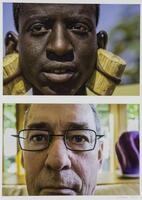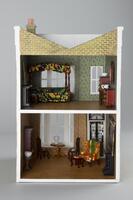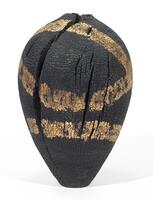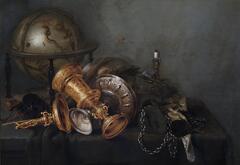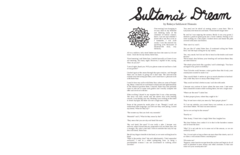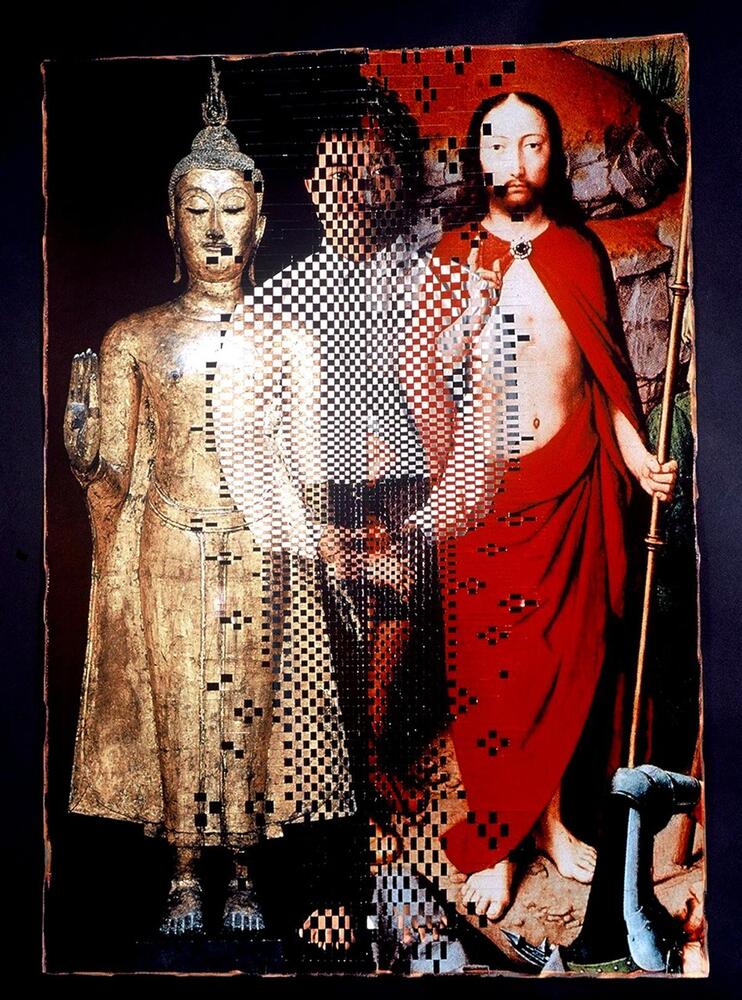Background on Dinh Q. Lê and His Work Interconfined
Vietnamese-born
Resides in L.A. and Ho Chi Minh City
Major themes: memory, (dual) identity, history
- Inspired by postcolonial deconstructionist Edward Said and the idea of history’s constructed nature. A close reading of grand historical narratives can uncover traces of violent colonial pasts. Lê revives a subaltern traditional craft within the field of contemporary art to repurpose the tools and language of a historically dominant culture.
-The Christ image comes from Gerard David’s diptych Christ Carrying the Cross, with the Crucifixion; The Resurrection, with the Pilgrims of Emmaus https://www.metmuseum.org/toah/works-of-art/1975.1.119/
- Relationships between Vietnamese and United States culture, history, and memory landscape
- Borrows images from photojournalism, art history, and film (particularly American films about the Vietnam War)
Process:
Dinh Q. Lê learned how to weave mats from his aunt and uses this process to create large-scale works in which warp and weft (the two basic components used in weaving to turn thread or yarn into fabric), narrow and widen, coalesce and disperse.
Lê weaves strips of photos from two separate pictures together (one image becoming warp and another weft). Fusing these two images together, Lê creates an oscillating, photographic hybrid. His images are layered in a repetition of patterning with glossy tapestries made entirely out of type C prints (photographic print made from a color negative, transparency, or digital image, and developed using a chromogenic process). Linen tape is used to finish the edges, with his meticulous and precise craftsmanship.
Part of 2 Learning Collections
Sultana's Dream - short story by Rokeya Sakhawat Hossain / visual adaptation by Chitra Ganesh
<p>Chitra Ganesh' Takeaway</p>
<p>Chitra Ganesh' Takeaway</p>
Created For
K-12 EducatorK-12 Student
Museum Visitor
UMMA Docent
UMMA Staff
University Faculty
University Student
Rate this Resource
AVG: 0 | Ratings: 0
& Author Notes
All Rights ReservedLast Updated
November 12, 2020 1:43 p.m.Report
Reporting Policy
